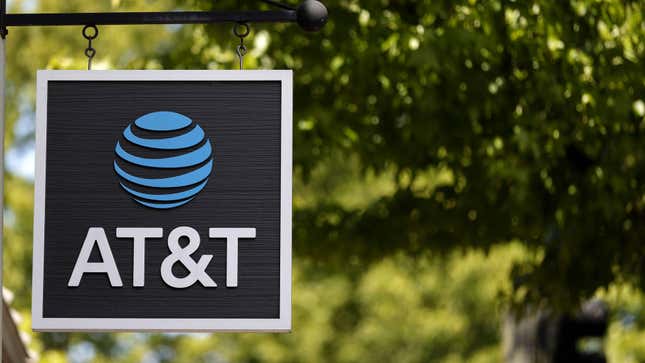
It’s not just your imagination: Depending on where you live in America, major internet providers could be charging you the same price as your neighbors for fewer megabits per second. The discrepancy in service is reportedly the most severe in low-income and less white neighborhoods.
According to a report by The Markup, ISPs such as AT&T, Verizon, EarthLink, and CenturyLink “routinely offered” 200Mbps and below 25Mbps of data at the same price across different neighborhoods. The report surveyed 800,000 internet offers across 38 U.S. cities, and found that less white and formerly redlined neighborhoods had the worst speeds for the same prices. Redlining was a discriminatory housing practice the excluded Black and non-white minorities as well as low-income residents from neighborhoods, forcing them to live in “redlined” areas. In one Kansas City neighborhood, a few blocks could mean the difference between getting 300Mbps or 5Mbps. Both households would pay $55 per month for such a large difference in speeds despite only being less than half a mile apart. The household getting 5mbps for $55 was located in an area where the average income was $40,000 less than the neighborhood of the other household.
When contacted by The Markup, the ISPs didn’t deny charging the same prices for slower speeds, but they denied the possibility of discrimination. Verizon’s representative cited the equipment cost of maintaining slow speeds as the reason for its price. AT&T pointed out that it offered a low-income option for qualifying households (research indicated that only a third of qualified households signed up for the program). Earthlink did not respond to comment, and CenturyLink did not elaborate on how the report was incorrect.
Internet access has become essential to modern life, especially over the last decade. The pandemic has only exacerbated our dependence on Zoom meetings and Slack. But the federal government does not classify internet access as a utility like electricity or water. So there’s no obligation for private providers to offer customers better rates for internet connectivity.
The telecom union Communication Workers of America say that financial cost isn’t an actual problem for providing high-speed service. “We would hear from members all the time that they’re out laying lines on one side of the neighborhood and not on the other,” a representative of CWA told The Markup. One man who lived in a low-income neighborhood had slower speeds despite the presence of an AT&T facility outside of his bedroom window.
“The core reason for that,” Bill Callahan, an internet affordability advocate, told The Markup, “is they think they don’t have enough money in those neighborhoods to sustain the kind of market they want.”